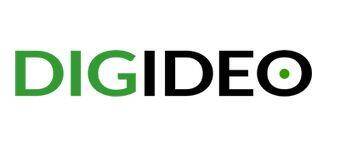 https://www.digideo.co/wp-content/uploads/2025/01/Top-trends-2025-Pinterest-Predicts-can-grow-your-business-2025-01-15-15-21-40.png
842
1663
Urszula Urban
https://www.digideo.co/wp-content/uploads/2023/06/digideo2019-340-1.jpg
Urszula Urban2025-02-28 17:55:512025-02-28 18:00:41Top Trends in ecommerce 2025
https://www.digideo.co/wp-content/uploads/2025/01/Top-trends-2025-Pinterest-Predicts-can-grow-your-business-2025-01-15-15-21-40.png
842
1663
Urszula Urban
https://www.digideo.co/wp-content/uploads/2023/06/digideo2019-340-1.jpg
Urszula Urban2025-02-28 17:55:512025-02-28 18:00:41Top Trends in ecommerce 2025Marketing strategy is an important process of creating a competitive advantage in constantly changing environments, especially for eCommerce organizations.
Therefore, it’s even more important because global eCommerce sales are expected to hit $5.5 trillion in 2022, according to Statista. But while you have more potential customers, more competitors are also trying to take their share of the eCommerce pie. The answer for their activities is the best marketing strategy.
We personally know companies that operate without a written business or marketing strategy and they are market leaders.
They rely on their relationships based on B2B (business-to-business) cooperation or on their own niche, which is difficult to enter for their competition. Practically they don’t use any marketing tools, because their client is the same or already found and is happy.
They use marketing plans for their marketing activities.
Align Strategy With Operational Capability
Only one-third of marketing and sales executives rate their companies’ go-to-market capabilities as “quite effective” or “extremely good”. Technology Multipliers offers “highly effective” strategy services for sales effectiveness, sustainable growth, and customer lifetime value.
As modern-day buyers, we are constantly urged to hop from online stores to mobile apps and our favorite social media platforms before purchasing. It is our growing dependence on technology that has led to a greater demand for a “buy” option on all the channels that we use during our purchase journey. This is precisely why brands often need to build an omnichannel presence.
Omnichannel marketing refers to creating your brand’s presence across multiple online (website, app, social media, email, SMS, WhatsApp, Telegram, games) and offline (retail store, trade shows, events, call center) channels to ensure a positive and seamless experience throughout the customer’s journey. In simpler terms, omnichannel marketing takes a consumer-centric view of marketing tactics.
Compared with its counterparts, such as multi-channel and cross-channel marketing, where all the communication channels work in isolation with no or limited connection between them, omnichannel marketing is a more advanced version where all the channels work cohesively and in harmony with each other. Of course, it is a matter of your ideal customer journey. Sometimes, you will need only a few channels for your marketing.
1. You need to know your ideal buyer first.
While billions of users are online, only a few profiles of people qualify as your ideal customer. Your ideal buyers will determine most of your marketing and even business decisions.
You can define your ideal buyer by creating a buyer persona, which will include details such as:
- Name
- Gender
- Age
- Income
- Favorite marketing channels
- Location
- Pain points
- Ambitions
- Hobbies
These pieces of information will determine elements of your marketing campaigns, such as marketing channels, brand voice, targeting criteria, and more.
2. You need to define your marketing goals.
Common marketing goals for eCommerce businesses include:
- Brand awareness
- Lead acquisition
- Customer acquisition
- Customer retention
Once you have a goal for your marketing campaign, it will inform your marketing messages, channels, and tasks. You must also define the metrics to measure your goal during the goal-setting process.
3. Your marketing budget is also a key factor.
First, your overall budget will determine the channels you’ll focus on. With a big budget, you can have more space to experiment. However, a small budget will restrict you to only a tried-and-tested strategy.
Whatever your budget, it’s vital to optimize it to obtain the best result possible.
The best eCommerce marketing channels
- Ecommerce SEO
- Pay Per Click Advertising
- Email Marketing
- Social Media
- Affiliate marketing
- Optimizing Website UI/UX
- Product strategy
- Pricing strategy
What is the process of creating a small business marketing strategy in the ecommerce industry?
Creating a marketing strategy for small and medium-sized companies is simple.
- 2-3 is based on preliminary meetings, questions, and conversations.
The finished document consists of 3 to 10 pages.
Marketing Strategy & Execution
- Is the use case/business problem your organization solves better than anyone on the planet? Is it clearly understood across the organization, and can every employee articulate it?
- Is the unique differentiation of your solution defensible and known by every customer-facing employee, and can they articulate it in terms that buyers understand? Or your website?
- Is the customer buying process understood and have marketing and sales processes been aligned to capitalize on this knowledge?
- Have you analyzed your competitors and market?
Demand Creation Strategy & Execution
- Driving more opportunity into the top of the Marketing & Sales funnel is counterproductive unless the sales funnel is tight and conversion rates in the pipeline exceed industry averages.
- The synchronization of Sales & Marketing can not occur unless there is a managed and repeatable process to create leads, convert leads, and close leads efficiently and effectively.
- Demand Creation needs to focus on Outcome-Based Marketing by targeting prospects with a high propensity to find value in your solution versus generating volumes of hand-raisers.
Sales Enablement Strategy & Execution
- Is your sales team converting opportunity in the sales funnel consistent with the plan?
- Do your sales teams have what they need, when they need it and in the right format?
- Do the conversion rates in the sales pipeline increase as you move down the sales funnel?
- Is it clear to each sales rep what resources are available to them at each stage of the sales cycle and how to access them?
From our blog
 https://www.digideo.co/wp-content/uploads/2025/01/Top-trends-2025-Pinterest-Predicts-can-grow-your-business-2025-01-15-15-21-40.png
842
1663
Urszula Urban
https://www.digideo.co/wp-content/uploads/2023/06/digideo2019-340-1.jpg
Urszula Urban2025-02-28 17:55:512025-02-28 18:00:41Top Trends in ecommerce 2025
https://www.digideo.co/wp-content/uploads/2025/01/Top-trends-2025-Pinterest-Predicts-can-grow-your-business-2025-01-15-15-21-40.png
842
1663
Urszula Urban
https://www.digideo.co/wp-content/uploads/2023/06/digideo2019-340-1.jpg
Urszula Urban2025-02-28 17:55:512025-02-28 18:00:41Top Trends in ecommerce 2025 Digideo
DigideoWhat are the latest AI tools that can enhance ecommerce strategies
AI, business tools, e-commerce, strategy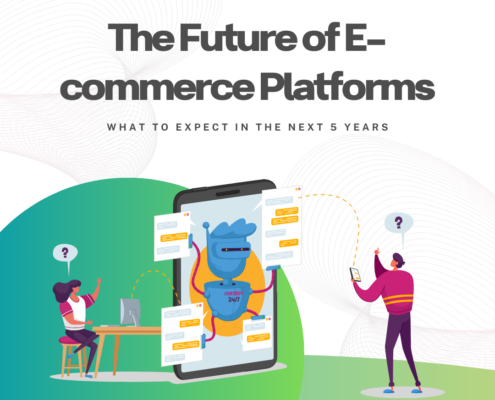
The Future of E-commerce Platforms: What to Expect in the Next 5 Years
consulting, e-commerce, strategy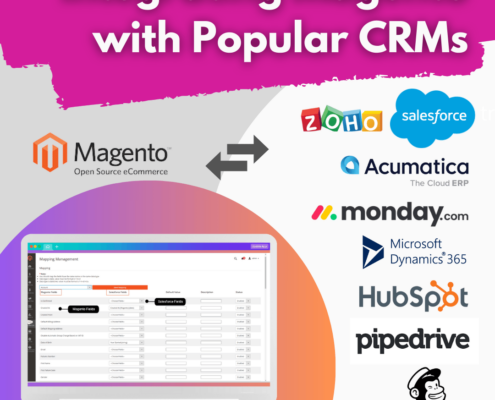 Digideo
https://www.digideo.co/wp-content/uploads/2024/12/Integrating-Magento-with-Popular-CRMs.png
1080
1080
Urszula Urban
https://www.digideo.co/wp-content/uploads/2023/06/digideo2019-340-1.jpg
Urszula Urban2024-12-10 19:46:302025-01-27 13:01:03Integrating Magento with Popular CRMs: A Step-by-Step Guide
Digideo
https://www.digideo.co/wp-content/uploads/2024/12/Integrating-Magento-with-Popular-CRMs.png
1080
1080
Urszula Urban
https://www.digideo.co/wp-content/uploads/2023/06/digideo2019-340-1.jpg
Urszula Urban2024-12-10 19:46:302025-01-27 13:01:03Integrating Magento with Popular CRMs: A Step-by-Step Guide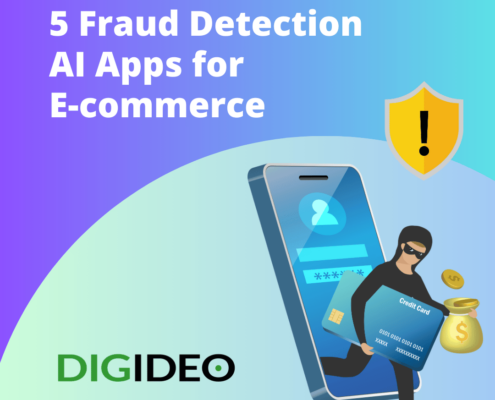 Digideo
https://www.digideo.co/wp-content/uploads/2024/11/5-Fraud-Detection-AI-apps-Instagram-Post.png
1080
1080
Urszula Urban
https://www.digideo.co/wp-content/uploads/2023/06/digideo2019-340-1.jpg
Urszula Urban2024-11-13 17:09:492024-11-20 15:47:475 Fraud Detection AI Apps for E-commerce
Digideo
https://www.digideo.co/wp-content/uploads/2024/11/5-Fraud-Detection-AI-apps-Instagram-Post.png
1080
1080
Urszula Urban
https://www.digideo.co/wp-content/uploads/2023/06/digideo2019-340-1.jpg
Urszula Urban2024-11-13 17:09:492024-11-20 15:47:475 Fraud Detection AI Apps for E-commerce Digideo
DigideoTurn prospects into profit
AI, consulting, consumer behaviour, CRM, marketing, marketing automation, SEM, social marketing https://www.digideo.co/wp-content/uploads/2024/10/Magento-2-One-Step-Checkout-1.png
1080
1080
Urszula Urban
https://www.digideo.co/wp-content/uploads/2023/06/digideo2019-340-1.jpg
Urszula Urban2024-10-21 17:28:562025-02-28 16:08:07Checkout Plugin in Magento 2 with Aheadworks
https://www.digideo.co/wp-content/uploads/2024/10/Magento-2-One-Step-Checkout-1.png
1080
1080
Urszula Urban
https://www.digideo.co/wp-content/uploads/2023/06/digideo2019-340-1.jpg
Urszula Urban2024-10-21 17:28:562025-02-28 16:08:07Checkout Plugin in Magento 2 with Aheadworks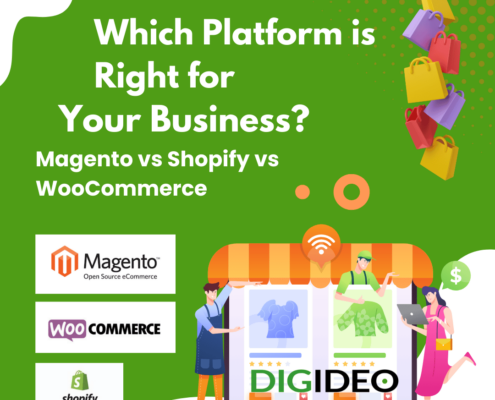 Digideo
https://www.digideo.co/wp-content/uploads/2024/09/Magento-vs-Shopify-vs-WooCommerce.png
1080
1080
Urszula Urban
https://www.digideo.co/wp-content/uploads/2023/06/digideo2019-340-1.jpg
Urszula Urban2024-10-16 14:49:572024-10-21 16:08:57Magento vs Shopify vs WooCommerce: Which Platform is Right for Your Business?
Digideo
https://www.digideo.co/wp-content/uploads/2024/09/Magento-vs-Shopify-vs-WooCommerce.png
1080
1080
Urszula Urban
https://www.digideo.co/wp-content/uploads/2023/06/digideo2019-340-1.jpg
Urszula Urban2024-10-16 14:49:572024-10-21 16:08:57Magento vs Shopify vs WooCommerce: Which Platform is Right for Your Business?